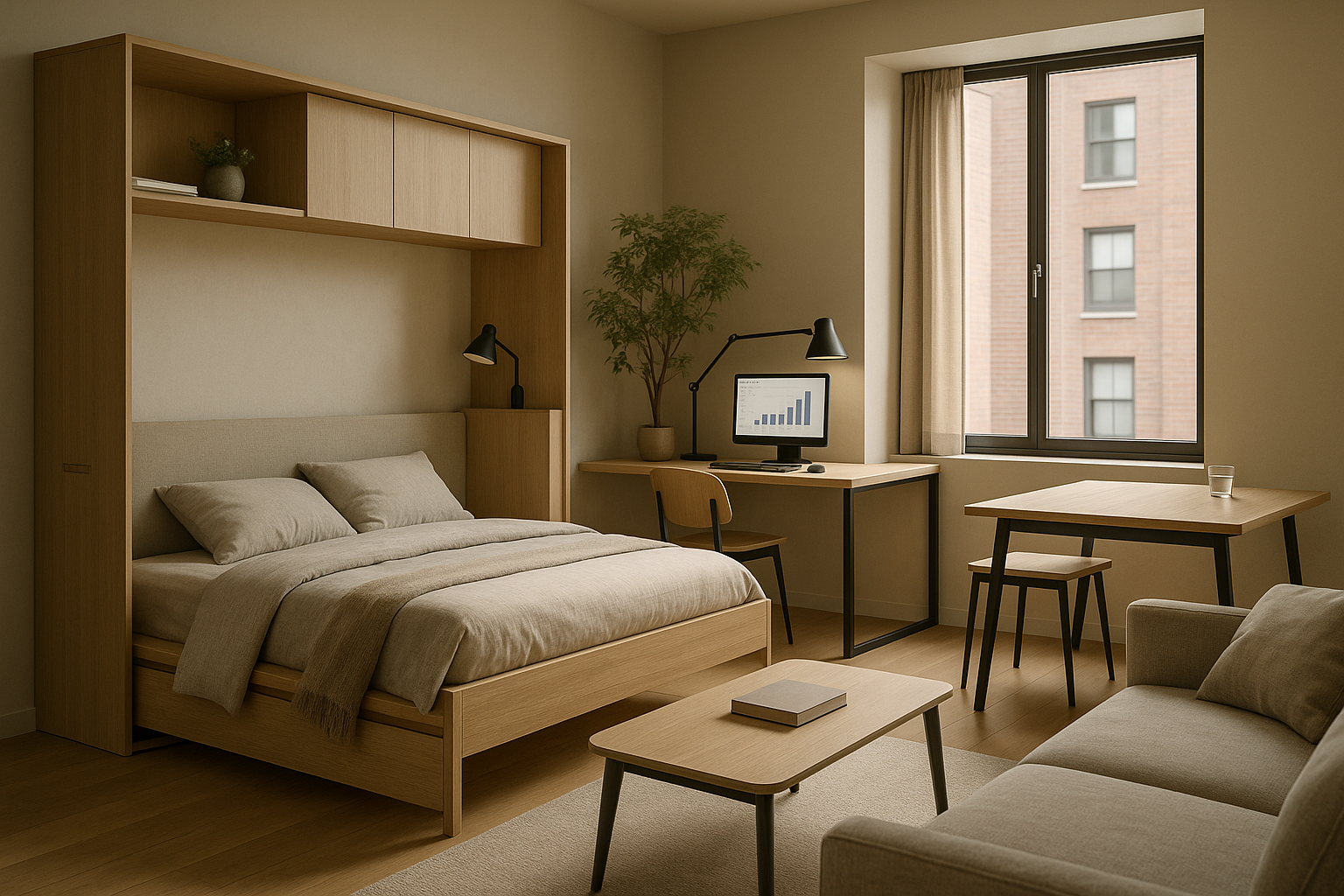Gaming Chair: Design, Materials, and Comfort Considerations
A gaming chair is a purpose-built seat intended to support extended computer or console play while balancing comfort, adjustability, and durability. Choices in frame design, padding, upholstery and ergonomics influence how well a chair supports posture, reduces fatigue, and fits a given workspace. This article outlines practical features to consider when evaluating gaming chairs for home or shared setups.

This article is for informational purposes only and should not be considered medical advice. Please consult a qualified healthcare professional for personalized guidance and treatment.
Seating: What matters for long sessions?
Seating comfort depends on shape, lumbar support, and the relationship between seat depth and user leg length. A seat pan that’s too deep can place pressure behind the knees, while a shallow seat may not provide enough thigh support. Many gaming chairs include adjustable seat height and tilt mechanisms so you can align hips, knees and feet for neutral posture. Consider whether the chair’s contouring supports your usual sitting position—upright for competitive play, or reclined for casual sessions—and whether the base is stable for movement.
Armrests: How adjustable should they be?
Armrests help reduce shoulder and neck strain when positioned correctly. Look for 2D, 3D or 4D armrests: 2D typically offers height and width adjustments, 3D adds forward/back movement, and 4D adds rotation. Proper armrest placement lets your forearms rest comfortably while keeping elbows close to the body and wrists neutral. Removable or highly adjustable armrests are useful if you alternate between typing, mouse use and controller play, or if you need to slide the chair under a desk. Padding on armrests can also affect comfort during long sessions.
Foam: Which padding works best?
Foam density and layering determine support and longevity. High-resilience foam tends to return to shape better and provide firmer support over time, while softer foam can feel plush initially but may compress faster. Some chairs combine a firm base layer for support with a softer top layer for comfort. If you’re sensitive to firmness, check whether the cushion is replaceable or uses memory foam for contouring. Ventilation and cover materials interact with foam—with less breathable covers, foam can trap heat and feel less comfortable during extended use.
Leather: Pros and considerations
Leather upholstery (real or PU/leatherette) offers a smooth surface that’s easy to wipe clean and often looks premium. Genuine leather can age well but requires maintenance and is typically more expensive. Synthetic leather is more affordable and resistant to spills, though it can trap heat and become sticky in warm conditions. Leather surfaces may not breathe as well as textile or mesh alternatives, so consider whether you game in a cool, climate-controlled room or a warmer environment. Examine stitching quality and backing materials for durability.
Mesh: Breathability and support
Mesh upholstery emphasizes airflow, which helps regulate temperature during long sessions. A well-designed mesh back can provide flexible support that conforms to the spine while allowing heat and moisture to escape. However, mesh may offer less cushioning than thick foam-backed chairs, and lower-quality mesh can sag over time. Hybrid designs combine mesh backs with padded seat cushions to balance breathability and comfort. Check the mesh weave and frame support to ensure it maintains shape and offers consistent lumbar tension.
Choosing a gaming chair for your setup
Match chair features to your primary activities and workspace. For desk-heavy setups, prioritize adjustable armrests, proper seat height range and a stable base compatible with your desk height. For console or leisure gaming, greater recline and thicker padding might be preferable. Consider build materials—metal frames and quality casters tend to last longer than lower-end alternatives—and whether the chair’s footprint fits your room. Don’t overlook ergonomics like lumbar and neck support: these reduce strain during long sessions and can complement external accessories such as monitor stands or footrests.
Conclusion
Selecting a gaming chair comes down to balancing ergonomics, materials and adjustability for your typical use and environment. Seating shape and foam influence comfort and durability; armrests and adjustability affect posture and control; upholstery choices like leather or mesh determine breathability and maintenance. Assess how each feature aligns with your setup and personal needs to find a chair that supports longer, more comfortable sessions without compromising the space it occupies.






